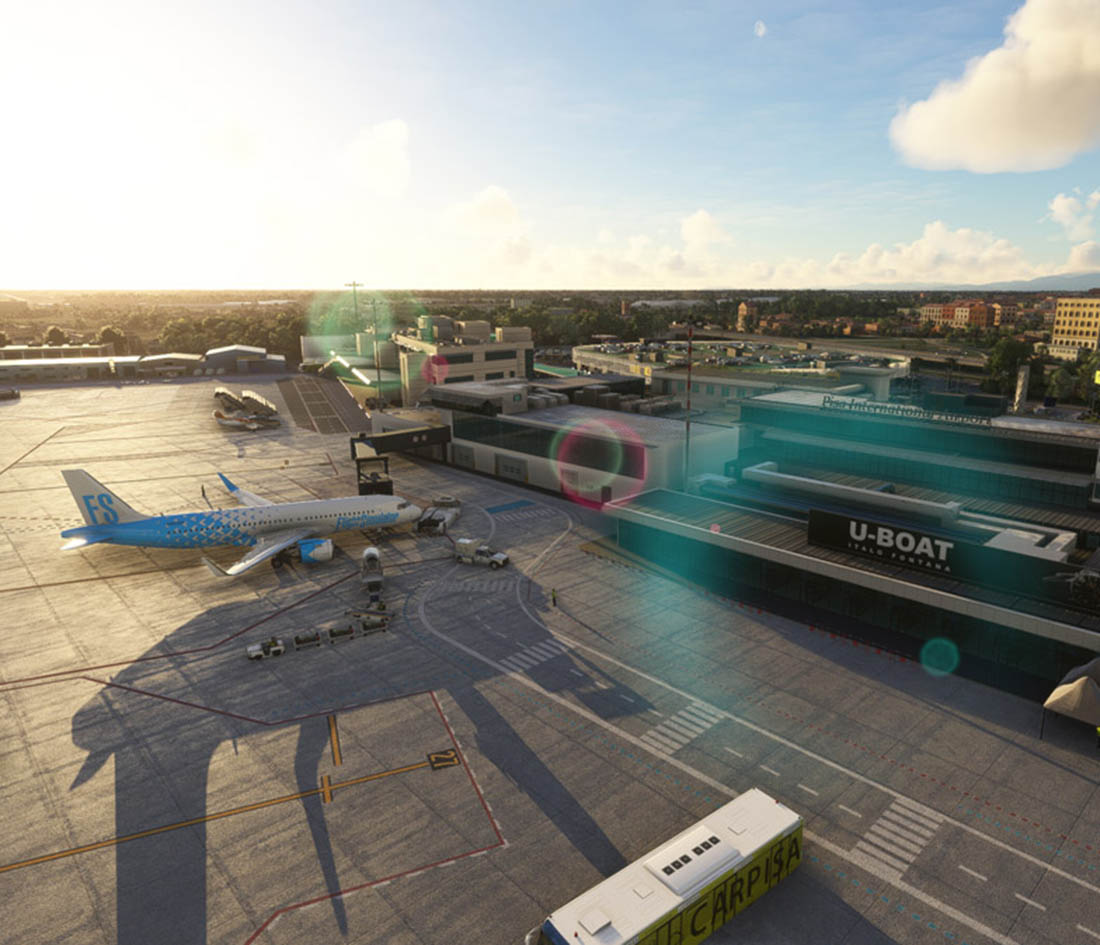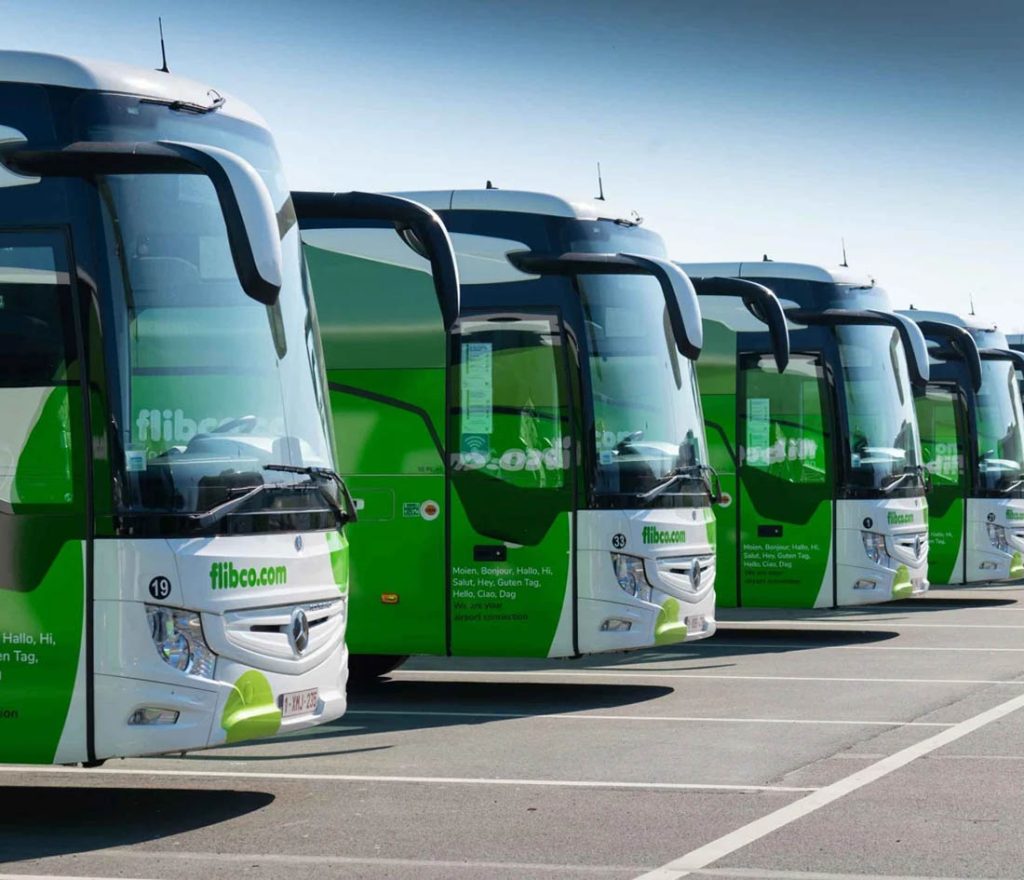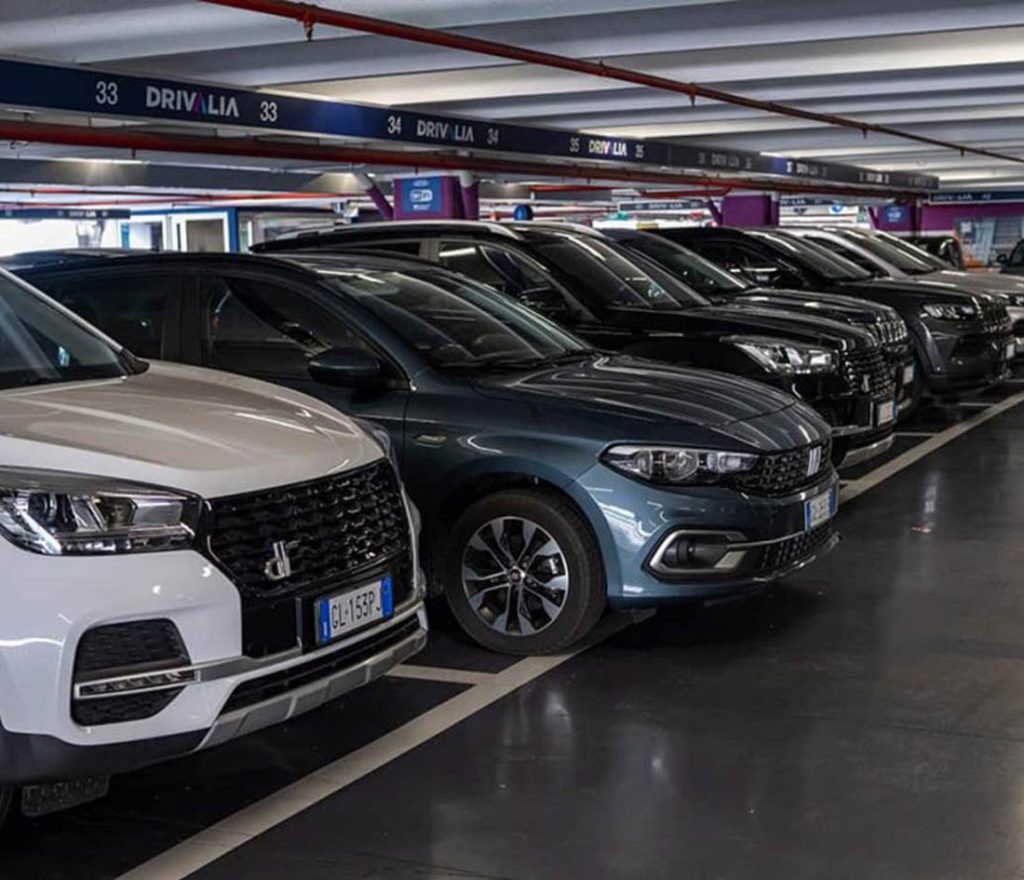
Practical Transportation and Travel Tips: Make Your Journey Smoother
I always like to prepare detailed travel guides for myself and my readers before every trip. Today, I’d like to share some useful tips about transportation and getting around in Pisa, Italy. Whether it’s your first time in Pisa or you’ve visited before, this guide will help you plan your transportation more efficiently, ensuring a smoother trip. I’ll cover how to get to Pisa, the best ways to get around the city, and parking tips to make your Pisa adventure as hassle-free as possible.
1. Getting to Pisa
By Air: Pisa Galileo Galilei Airport
Pisa Galileo Galilei Airport is one of the most important airports in central Italy, located just about 1 kilometer from the city center. It serves as a hub for many flights from European cities, making it a convenient entry point for travelers. Many European airlines, such as Ryanair, Alitalia, and EasyJet, operate direct flights to Pisa. If you’re traveling from other parts of Europe or even beyond, flying into Pisa is one of the most convenient options.
Once you arrive at the airport, there are several transport options to reach the city center. The simplest and quickest is the airport bus, which departs right outside the arrivals hall. It takes about 5-10 minutes to get to Pisa Centrale Station, and tickets usually cost around 1-2 euros. Buses run frequently, usually every 15 minutes, so you don’t need to worry about missing one.
If you’re arriving late or have a lot of luggage, you might prefer a taxi. The taxi stand is located just outside the airport, and a taxi will take you directly to the city center. The fare is typically around 10-15 euros, depending on traffic and your destination.
By Train: Convenient Rail Connections
Traveling by train to Pisa is also very convenient, especially if you’re coming from Florence, Rome, or other Italian cities. Pisa Centrale is an important railway station in central Italy. If you’re traveling from Florence, it only takes about an hour by train; from Rome, the journey is about 2 hours.
Pisa Centrale is located just a short walk from the city center, so you can easily reach famous landmarks like the Leaning Tower of Pisa. The train schedule is very frequent, especially from Florence and Rome, with trains running every 30 minutes or so. Ticket prices vary depending on the train type and time, usually ranging from 10 to 20 euros.
2. Getting Around the City
Pisa’s city center is relatively small, and many of the major attractions, such as the Leaning Tower of Pisa and Pisa Cathedral, are within walking distance. However, if you want to explore more distant attractions or prefer a different mode of transport, Pisa offers a variety of public transportation options. Below are some common ways to get around the city.
Walking: The Best Way to Explore
Pisa’s city center is compact, and many of the city’s most famous attractions are within a short walking distance of each other. Walking is, in fact, the best way to explore the city. Whether you’re heading from Pisa Centrale Station to the Leaning Tower or strolling through the narrow streets of the city, walking allows you to enjoy the atmosphere of this charming place fully.
As you walk around, you’ll have the chance to admire the city’s historical architecture, stop by street vendors, or pop into cozy cafes to enjoy an Italian espresso. Pisa’s pedestrian-friendly streets make it easy and enjoyable to explore the city on foot.
Public Buses: Convenient City Transport
If you plan to visit attractions outside the city center, public buses are a very practical option. Pisa’s bus system covers a wide area, and most of the main tourist sites are easily accessible by bus. The buses in the city are frequent, and the ticket price is quite affordable, usually around 1.5 euros per ticket.
There are several major bus lines in Pisa, with the most commonly used one connecting Pisa Centrale Station to the Leaning Tower of Pisa. You can also take the bus to visit other popular attractions such as the Pisa Museum, Pisa University, and Michelangelo Square.

Bicycles: A Fun Way to Explore Pisa
Pisa is a very bike-friendly city. The terrain is flat, and the streets are wide, making cycling a pleasant way to get around. Many people choose to rent a bicycle to explore the city. Bicycle rentals usually cost around 10 euros per day, which is a reasonable price for tourists who want to travel freely and comfortably.
There are many places to rent bicycles in Pisa, including bike shops and hotel reception desks. You can rent a bike for a day or for a longer period. In addition, Pisa has a bike-sharing system, where you can easily rent a bike by downloading an app and scanning the QR code. It’s very convenient for tourists.
Taxis: Convenient but More Expensive
Although Pisa’s city center is small, there are times when you may want to take a taxi, especially if you have heavy luggage or need to travel at night. Taxis are available at major transportation hubs, such as Pisa Centrale Station and Pisa Galileo Galilei Airport.
The base fare for taxis in Pisa is about 4 euros, with a charge of around 1.5 euros per kilometer. A taxi ride from Pisa Centrale to the Leaning Tower or other attractions in the city usually costs between 10 and 15 euros. While taxis are more expensive compared to buses or bicycles, they are still a good option if you want a faster and more convenient mode of transport.
3. Parking Tips
Although Pisa is a relatively small city, there are a few things to keep in mind when parking if you’re driving. Pisa’s city center is a Limited Traffic Zone (ZTL), meaning that only authorized vehicles are allowed to enter. If you’re driving, make sure to check for ZTL signs to avoid fines.
How to Avoid Fines
In Pisa, non-authorized vehicles are prohibited from entering the ZTL in the city center, and if you enter, your vehicle will be photographed and fined. To avoid this, it’s best to park your car in a lot outside the city center and then walk or take public transport into the city. There are several paid parking lots near Pisa Centrale Station, with rates typically around 1-2 euros per hour.
Additionally, there are cheaper parking lots on the outskirts of Pisa, which are especially convenient during off-peak hours. You can even reserve parking spots online in advance to ensure you have a spot.
Recommended Parking Lots

- Piazza della Stazione Parking Lot: This is one of the most common parking lots in Pisa, located near Pisa Centrale Station. It takes about a 5-minute walk to the city center. Parking fees are around 2 euros per hour.
- Parcheggio Via delle Sette Vie (Seven Streets Parking Lot): This parking lot is another convenient option near the city center. The rates are slightly cheaper compared to the Piazza della Stazione parking lot, making it a great choice for budget-conscious travelers.
- Parcheggio Via Pietrasantina: Located just outside the city center, this parking lot offers lower parking fees, making it a good option if you’re not in a hurry to enter the city center immediately.
4. Additional Transportation Tips
- Language Barrier: While most transport staff in Pisa understand some English, it helps to know a few basic Italian phrases to communicate, especially when talking to taxi drivers or bus conductors. For example, “Dove si trova la stazione?” (Where is the station?) and “Quanto costa il biglietto?” (How much is the ticket?) can be useful.
- Cash and Cards: Many places in Italy still prefer cash, especially for buses and taxis. To avoid any inconvenience, it’s a good idea to carry some cash with you. However, transportation cards are widely accepted in larger cities like Rome and Milan, but in Pisa, cash payments are still common on buses and for taxis.
- Peak Times: The peak tourist season in Pisa is during the summer and spring, particularly around the Leaning Tower area. The city can get very crowded during these months. If you’re visiting during this busy period, try to start your day early to avoid the crowds and make the most of your time.
Pisa has a very efficient and convenient transportation system, making it ideal for short-term travelers. Whether you arrive by plane, train, or take public transportation around the city, getting around Pisa is quick and easy. I hope this guide on Practical Transportation and Travel Tips: Make Your Journey Smoother has helped you plan your trip and will make your experience in Pisa even more enjoyable. If you have any questions about transportation in Pisa, feel free to leave a comment, and I’ll be happy to help!

